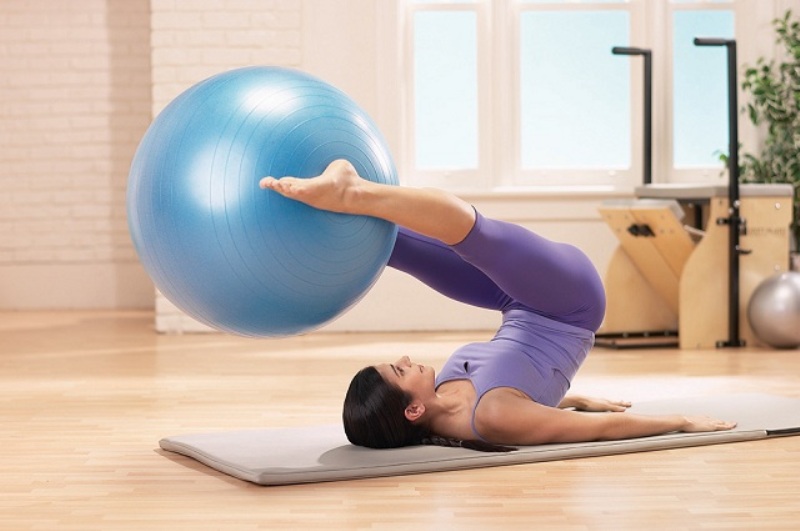
The Pilates method is currently best known for worldwide, the method was created by Joseph Pilates in order to have great results with respect to body posture, using evenly the muscles of the whole body with minimal energy and most satisfaction (PILATES, 1934).
A recent study reveals the need for good flexibility, muscle control, breathing, strength and stability center (Wells KOLT, BIALOCERKOWSKI, 2012). Another study points out that the center of stability is the key to postural stability (Smith and Smith, 2005).
The increased center force increases the stability of the spine assisting to an optimized use of ends (Hawson BRYAN, 2003; Muscolino Cipriani 2004b). Strengthening and stretching promotes improvements in the balance and skeletal alignment and, consequently, the posture (HRYSSOMALIS and Goodman, 2001).
Sedentary habits, equipment used at work that are ergonomically inadequate and lack of body awareness may be responsible for postural misalignment. The ideal postural alignment is associated with pain-free movement (TSUJI et al, 2002;. YIP, CHIU, POON, 2008; Emami et al., 2007).
In the current study, Ferreira et al. (2015) evaluated adult women for 6 months with a frequency of 2 weekly sessions, where participants only practiced Pilates method during this period. The authors evaluated the front alignment of the thoracolumbar spinal region, hips and shoulders, and sagittal alignment of the head and hip.
After the intervention period, the researchers found significant differences in frontal alignment of shoulders and sagittal head where the first obtained significant results with only 3 months of intervention, while the second only after the 6-month evaluation compared the intervention group with the control group (remained without physical exercise during the intervention period). The other variables showed no significant differences.
Concerning the improvement after practicing Pilates, the volunteers had significant improvements compared with the beginning of training evaluation after training in the variables: Shoulder frontal and sagittal alignment of head and hip.
The results of the study by Ferreira et al. (2015) run counter to other studies that have set out to assess progress in postural alignment after practicing Pilates (Emery et al, 2009; McMillan et al, 1998; Parrot, 1993;. FITT et al, 1993; Kuo et al., 2009).
Still dealing with the findings of Ferreira et al. (2015), the authors give credit for improved postural alignment of the shoulders to the strengthening and stability employee in this region during the intervention.
Unlike the findings in relation to the shoulder, hip alignment has contradictions in the literature where Donahue = Fillmore et al. (2007) found no improvements in that area until Ferreira et al. (2015) found. What differs research is that of supervision, where the first had no supervision of experienced personnel, highlighting the importance of it for a proper analysis.
With respect to the sagittal alignment of the head, not only the study by Ferreira et al. (2015) had positive results, but also the studies of Kuo et al. (2009), which was successful in only 10 weeks of intervention, and Emery et al. (2009) who obtained good results in 12 weeks.
Considerations
The findings in the literature suggest good results of the Pilates method of body posture especially in the sagittal alignment of the head and front hip and shoulder, but will require more extensive investigations in other areas of the body.
See too: The efficiency of Pilates on chondromalacia
The Pilates method would be effective for the treatment of low back pain?